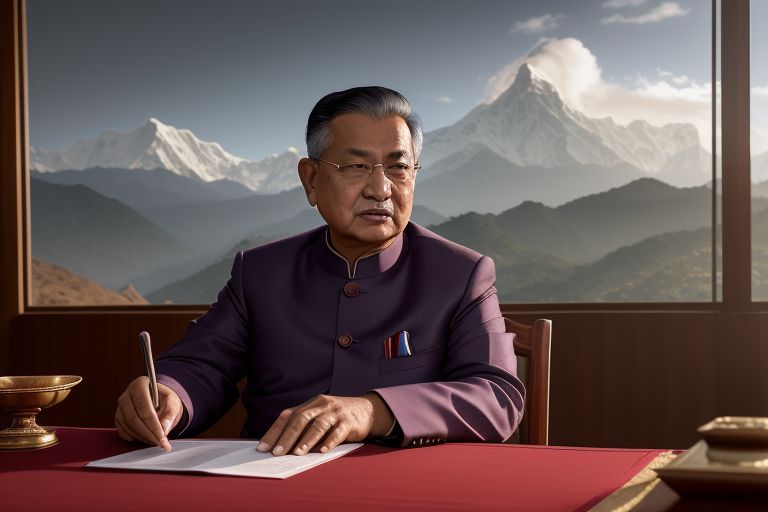People of Kathmandu Valley are in a very critical situation of water scarcity as the Melamchi Water Supply Project is still in problem. The project which has been planned to provide 170 million litres of water daily from Melamchi River in Sindhupalchowk district to the valley has been under construction for more than two decades.
The previous delay was due to the adverse effects of floods and landslages that occurred in 2021 that affected the infrastructure of the project. In spite of the government’s promises, the repair work has been very slow and millions of the valley residents continue to suffer from acute water shortages.
The Kathmandu Upatyaka Khanepani Limited (KUKL), which is in charge of water distribution in the valley, says at present, it is able to provide only 120 million liters of water a day against a demand of 430 million liters. This has made many households to be compelled to seek water through expensive private water tankers or wait for long hours at the public water spouts.
Local water providers have introduced water restrictions, most communities are receiving piped water 5-7 days a week, for a few hours only. This has especially affected low income areas where they do not have storage space or the ability to buy water from other sources.
The issue of water scarcity has also impacted on business, especially hotels, restaurants and industries due to high costs of doing business. Some of the schools have complained of poor hygiene since they do not receive adequate water supply to enable them maintain high standards of hygiene among students.
The shortage has been blamed for excessive extraction of water from the ground causing depletion of the valley’s aquifers as experts reveal. This has a potential of causing future problems to water supply and demand in the region.
This has led to angry protests throughout the valley with people calling on the government to act now to solve the water crisis. Melamchi project has been criticized by the opposition parties for mismanagement and corruption by the government.
As people’s anger swelled, the Prime Minister Pushpa Kamal Dahal ‘Prachanda’ called a special session of the water resource officials and project contractors. He has vowed to accelerate repairs and also consider other sources of water to help solve the problem.
The government is now planning to adopt several short-term mitigation measures such as drilling new deep borewells and taking up the repair of the existing water supply structures. But others are quick to point out that these solutions are not enough to provide the valley with the water it needs as it expands.
In this regard, as the frustrations continue to rise, some of the valley residents resort to rainwater harvesting and water recycling. Non-governmental organizations and community based organizations are conducting sensitization on water conservation and its sustainable use.
The water crisis has also brought again the issues of urban planning and population control in the Kathmandu Valley. Some people state that haphazard growth of cities has overburdened the already scarce resources in the region, thus advocating for the appropriate zoning codes and policies for decentralization.
People are starting to fear that it may get even worse in the following months since the dry season is around the corner. The effectiveness of the Melamchi project repairs and the government’s capability to implement short-term solutions will determine that the capital region of Nepal does not turn into a humanitarian crisis.


